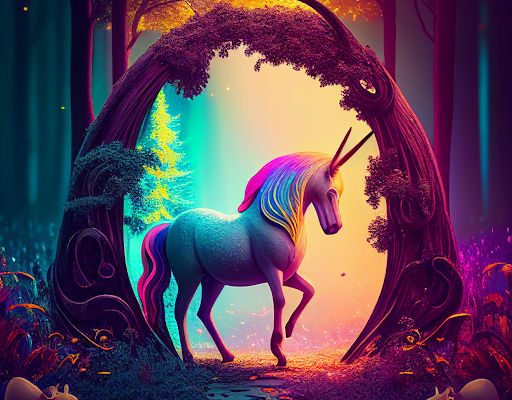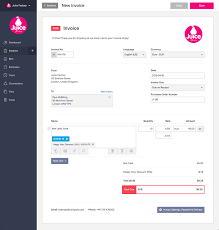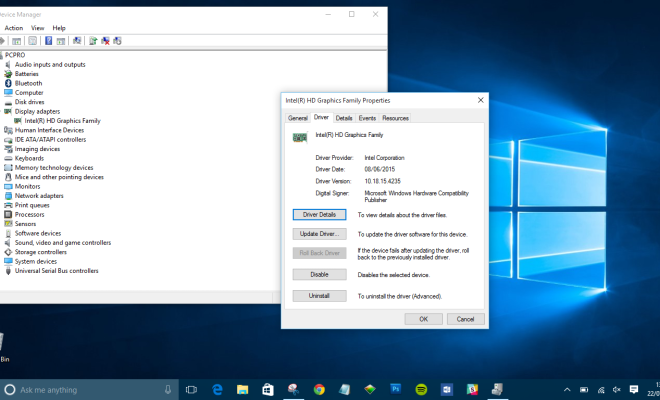Should AI-Generated Art Be Considered Real Art?

The world of art has been revolutionized with the advent of Artificial Intelligence (AI) technology. AI-generated art has triggered a new debate in the art community – should it be considered as real art? One side believes that by definition, art can only be a product of human creativity and imagination. The other side believes that AI-generated art should be given the status of real art.
AI-generated art is created through machine learning algorithms; the computer analyzes a set of data and produces art pieces; this can include everything from paintings to music. These algorithms are fed with a large number of images, paintings, sculpture, or any form of art. This process enables the algorithms to learn from the data and then create something original. However, is this process of creating original art pieces enough to classify it as real art?
Art, in its essence, is an expression of creativity, emotions, and ideas. It serves as a medium of communication between the artist and the audience. The creator of art puts their whole self into their work, and every brushstroke or piece of music they produce is an expression of their unique personality. On the other hand, AI-generated art is created using pre-existing data without any personal influence or creativity from the algorithmic system.
However, the argument that AI-generated art lacks creativity and originality is not entirely true. The data fed into the algorithms might have originated from specific artists, and the machine learning process of the AI system enables it to produce something novel. AI-generated art represents a brand new type of creativity; it is not human creativity, but should it be nullified as such?
Ultimately, the question of whether AI-generated art should be considered real art depends on the perspective. For those who believe that art should only be created by humans, the answer will be no. However, art is not about who or what creates it, but about the emotions, messages, and ideas that are conveyed through it. Any creation that carries these elements can be classified as an art form.
Moreover, AI-generated art has the potential to inspire emotions and thoughts in its audience, just like any other piece of art. The birth of AI-generated art is a demonstration of the endless possibilities AI technology brings to the world of art. Traditional art is heavily influenced by social, cultural, and historic contexts, which has been limiting for artists. AI-generated art has the potential to break free from these limitations and create truly original works.
In conclusion, AI-generated art should be considered real art. Although created by a machine, it has the power to evoke emotions and ideas in the audience, qualifying it as an art form. The machine learning techniques used in creating AI-generated art can produce astonishing results that are unique and unexpected. The future possibilities of AI-generated art are unimaginable and the world of art will continue to be influenced by this revolutionary technology.






